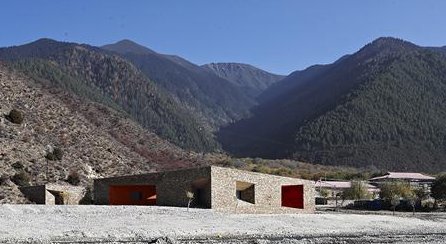Sew La Ti Embroidery [Search results for mountain]
East Asia: How to save the disappearing Great Wall of China?

The centre for visitors on the bank of the mountain river

weekend events
Middle East: UNESCO calls for protection of Yemen’s cultural heritage

The Berg

Has anyone seen my Living Room?
Near East: Islamic State in control of Palmyra ruins
The Harmonious Residence in the U.S., state of Texas

East Asia: 800-year-old Buddhist statue of 'goddess with thousand hands' restored to former glory




